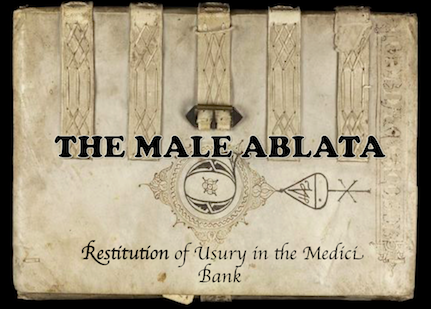Methodology Part 1 - The Map of Florence
The first part of my plan is to design a map with several religious institutions and a few secular buildings marked on it. Those institutions will be selected on the basis of whether they contain any religious artwork commissioned by bankers or whether they themselves have been constructed by bankers for religious purposes. Each location will be marked with a different color depending on its religious affiliation, such as Franciscan, Dominican, non-conventional (not belonging to any monastic order), secular, etc. There will be a key to this color-coded map in the exhibit, as well as the text that will briefly provide the relevant history behind each point on the map. Images of the churches themselves and of the artistic commissions placed inside them will be available once a viewer clicks on the point on the map, which will further enhance the experience of contextual visualization that I aim to achieve. Once again, the background information attached to every location will reference my "Introduction to Thesis" section and will provide a basic framework explaining the history behind the items displayed and reminding the exhibition visitors of my arguments about those items, but the visitors will still be free to roam around the map and explore the model of Santa Croce as well as the photographs of other buildings without having to follow any assigned order. That way the map will give them an opportunity to walk around like the average members of the bankers' original audience, the Renaissance Florentines or visitors to Florence. Every viewer will thus be able to visualize Florence as it used to look in the fifteenth century, to perceive the works of art and architecture as the patrons intended them to be perceived, that is in a natural setting and within the context of other similar works, and to form an individual response to what they see in Florence without me reminding them of the conclusion that I propose in my "Introduction to Thesis" section.
